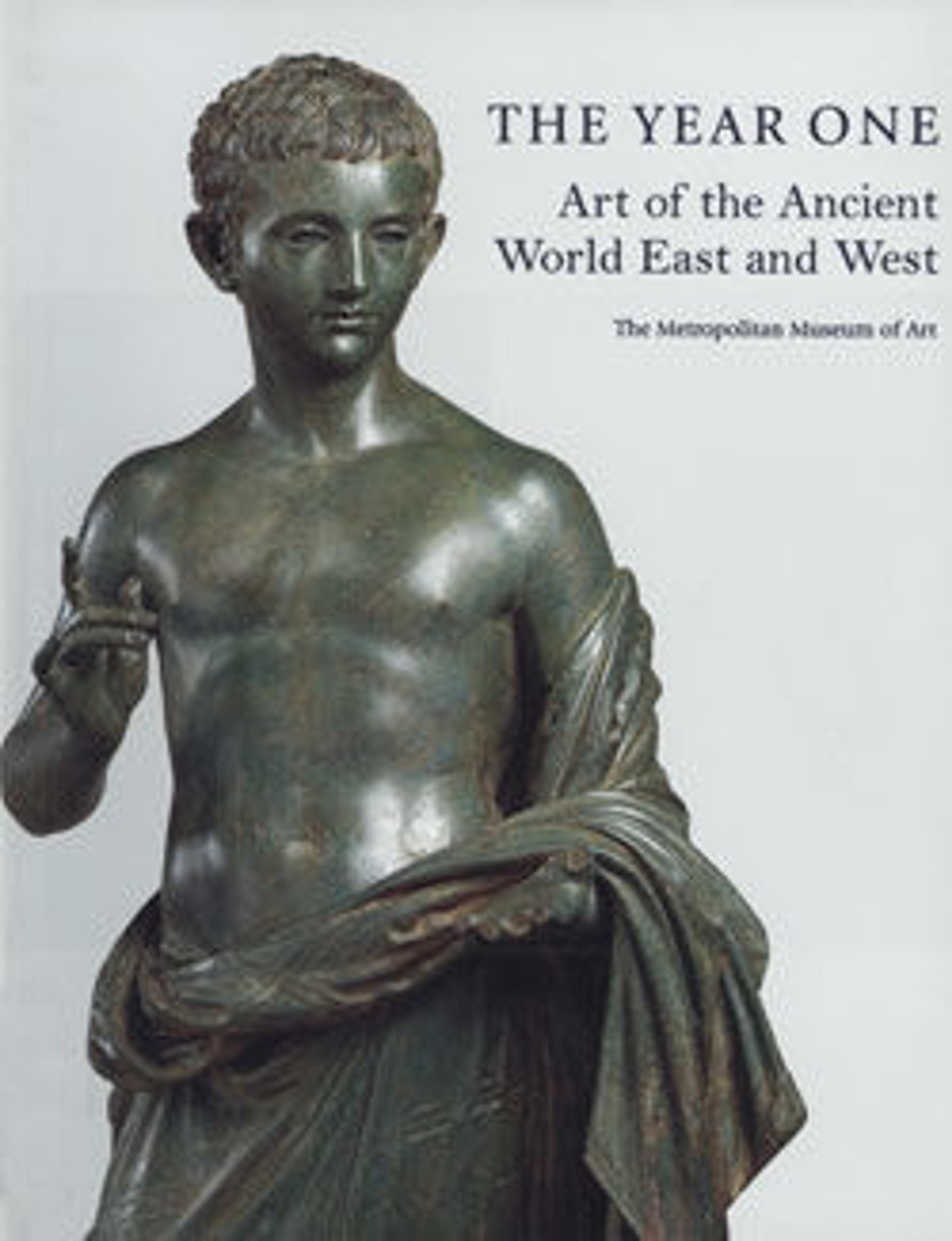Marble funerary altar
The inscription commemorates a certain Q. Fabius Diogenes and Fabia Primigenia, who lived together for forty-seven years, and tells that the altar was set up by his freedmen, freedwomen, and household slaves. Diogenes himself was probably a freed slave who had acquired a certain wealth and position. This is reflected in the ornamentation of the altar, which is a deliberate echo of imagery used in imperial art of the Julio-Claudian period. The heavy garland suspended from rams’ heads derives from the kind of decoration found on the walls of public sanctuaries. The three types of birds surrounding the garland were all familiar from Augustan monuments: at the center, an eagle, bird of Jupiter, ruler of the gods; at the corners, swans, birds of Apollo, patron god of the emperor; and below the garland, two songbirds, symbols of bountiful nature.
Artwork Details
- Title: Marble funerary altar
- Period: Early Imperial, Julio-Claudian
- Date: ca. 14–68 CE
- Culture: Roman
- Medium: Marble
- Dimensions: 31 3/4 in. × 17 in. × 14 in. (80.7 cm)
- Classification: Stone Sculpture
- Credit Line: Fletcher Fund, 1925
- Object Number: 25.78.29
- Curatorial Department: Greek and Roman Art
More Artwork
Research Resources
The Met provides unparalleled resources for research and welcomes an international community of students and scholars. The Met's Open Access API is where creators and researchers can connect to the The Met collection. Open Access data and public domain images are available for unrestricted commercial and noncommercial use without permission or fee.
To request images under copyright and other restrictions, please use this Image Request form.
Feedback
We continue to research and examine historical and cultural context for objects in The Met collection. If you have comments or questions about this object record, please contact us using the form below. The Museum looks forward to receiving your comments.
